Atmosphere
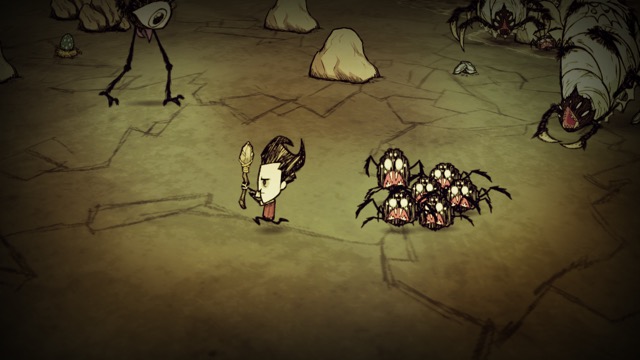
When we discuss games, especially those within the horror genre, this idea of “atmosphere” comes up again and again. I reference it rather frequently in my own writing, but one thing that we commonly neglect to do is actually say what we mean when we use it.
As it is right now, it exists as one of those, oft-used game review buzzwords, sitting alongside other repeat offenders: “visceral”, “moody”, “tight”, and countless others. We use it because it is easy, a simple way to get across a complex idea about the situations a game puts a player in, and the wide array of emotions that it evokes within you, and it would greatly benefit us all if we took the time to examine this sense to see what we really mean when we talk about atmosphere in a game.
Roguelikes and Story
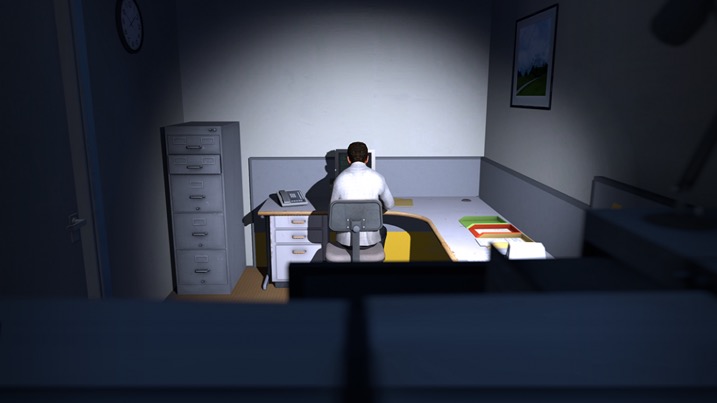
I’ve written about roguelikes before, but one thing about these games has always been limiting, at least in my opinion. The implementation of a story (or lack thereof) constrains these titles, prevents them from being something other than a casual endeavor to pick up and play when the mood strikes, and then drop after a particularly frustrating death. As a genre, it hinges on gameplay and mechanics so much because mastery and its pursuit is what keeps players coming back.
The idea of “grokking”, of not only understanding the mechanics of the game, but absorbing them enough that it enables you to look at the game differently, is the bread and butter of the Roguelike/lite genre. Sure you want to reach the end of the dungeon and fight the last boss, but even after that, you will endlessly chase the perfect run, the platonic ideal of what a playthrough could be, where everything comes together just right, with all of the correct pickups and weapons to make playing a breeze.
The Backlog - Starbound

I have a confession to make. Like many of you reading this, I have a list of games that I’ve been meaning play for years. I have way too many games on Steam, and a stack of cases sitting next to my TV. Close to five hundred games now. Maybe more. It makes me feel guilty. I haven’t touched 90% of them in one way or another. I need to fix that. So this week, I dug deep into my backlog and pulled out a game. I want to play all of them; I’ve just never had the chance. Now’s the time.
Before we even noticed it, survival games came to dominate the indie PC space, pushing aside roguelikes to utterly saturate the market. Taking their cue from games like Minecraft, the scavenging, mining/survival game industry is a big one but luckily Starbound manages to carve out a place of its own. Strongly influenced by Terraria, but with some excellent quality of life changes along with a decent enough quest system that actually gives you a reason to explore the world after you have established yourself.
The Backlog - Devil Daggers
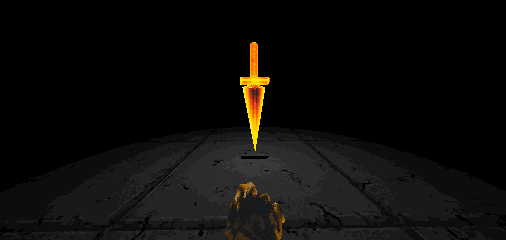
I have a confession to make. Like many of you reading this, I have a list of games that I’ve been meaning play for years. I have way too many games on Steam, and a stack of cases sitting next to my TV. Close to five hundred games now. Maybe more. It makes me feel guilty. I haven’t touched 90% of them in one way or another. I need to fix that. So this week, I dug deep into my backlog and pulled out a game. I want to play all of them; I’ve just never had the chance. Now’s the time.
When I talk about games, the idea of complexity frequently comes up. The complexity of a game’s systems or story or characters often directly correlates to the level of quality that we assign to that game. As consumers, we want a game that we can sink our teeth into, pour dozens of hours of our time into as we get to know the characters and slowly master the systems. Then we can just leave it by the wayside while we find the next open world RPG to obsess over for a few months. It is why we love games like Dark Souls, ARMA, Counter-Strike, and DOTA.
The Backlog - Risk of Rain

I have a confession to make. Like many of you reading this, I have a list of games that I’ve been meaning play for years. I have way too many games on Steam, and a stack of cases sitting next to my TV. Close to five hundred games now. Maybe more. It makes me feel guilty. I haven’t touched 90% of them in one way or another. I need to fix that. So this week, I dug deep into my backlog and pulled out a game. I want to play all of them; I’ve just never had the chance. Now’s the time.
With the announcement of the now 3D sequel, there is no time like the present to jump back into Risk of Rain, Happo’s side-scrolling roguelike. You take control of one of a cast of high-powered characters, each with their own special attributes, from the simple Commando, to the quick and lethal Huntress, or the careful Sniper. And while it is technically a roguelike, the levels themselves follow a predictable format. Every one of the first four levels is a choice between two separate maps, each with two, slightly different, versions. So if you play half a dozen games or so, you’ve seen all of the level variety that there is to see.
Prey - Review
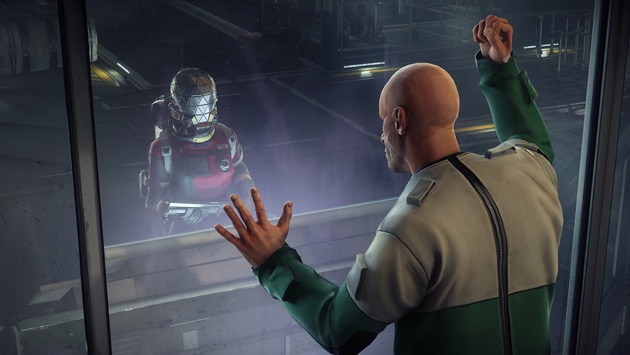
I loved the original Prey, as there was something about the science-fiction shooter that just clicked with me. It was weird, wacky, and broke new ground with its gameplay mechanics while at the same time being something very familiar. And while the reboot is something completely different, separated entirely from the original title, it does evoke many of those same feelings within me.
Bethesda's Review Policy
Much has already been said about Bethesda’s decision last year to stop sending out early review copies of their games to let “everyone, including those in the media, experience our games at the same time.” It is bad for many people, like those behind large websites, but most importantly it affects the consumers and how much information they have when they go to the store to pick out a product. It does actually benefit one other group besides Bethesda: small sites like ours that would never receive these copies in the first place. I’m not a fan of this policy by any means, but it allows me to sit on the same playing field as a writer for IGN, Polygon, Kotaku, or others.
When Dishonored 2 came out, I got it the same day that everyone else did. I was able to play through it twice that weekend, and four days later I published my review. I managed to beat a lot of major publications to press (due in part to my ability to focus on one review instead of many things at once), and while being able to do this did benefit our site, letting us see a tangible traffic boost from it, it had no way for me to help those people that wanted to buy the game on launch day.
We don’t get many pre-release copies of games at this point. Most of our reviews come one to two weeks after a game has launched, and are aimed at the smaller group of players who are waiting to buy a game. But a large portion of a game’s sales happen launch or in the week following, and we cannot help these people. Traditionally, this is where larger outlets have been able to come in with Day One or pre-release reviews based off of early copies provided by the publisher. This lets Day One purchasers make informed decisions about how to spend their money and if the new game is worth it. Read More…
The Backlog – S.T.A.L.K.E.R. : Clear Sky

I have a confession to make. Like many of you reading this, I have a list of games that I’ve been meaning play for years. I have way too many games on Steam, and a stack of cases sitting next to my TV. Close to five hundred games now. Maybe more. It makes me feel guilty. I haven’t touched 90% of them in one way or another. I need to fix that. So this week, I dug deep into my backlog and pulled out a game. I want to play all of them; I’ve just never had the chance. Now’s the time.
There always been a big deal made out of hard games. To play and beat one was to somehow prove that you are better than more “normal” players, who somehow couldn’t handle the difficulty. The oft derided “casual” gamers speak to this phenomenon. Every time that someone picks up a copy of Dark Souls, a forum user somewhere tells you to “git gud”. But often the games that we idolize for their difficulty really aren’t that hard. S.T.A.L.K.E.R is.
Living Life Down the Barrel of a Gun

For all of the broad range of experiences that games can offer to us, the actual ways in which we are allowed to interact with them is rather limited. Most game screens look remarkably similar from a UI point of view. There is some sort of health bar, possibly a map or objective indicator in one corner, maybe a crosshair in the center of the screen, but invariably, the bottom right corner of the screen is almost always taken up by a gun. There are a few games that don’t follow this, but in the mainstream, first-person games that don’t shove a gun into your hands are the vast minority. And if your hands are filled with a gun, they have a knife, or a sword, or a bow, your weapon is offscreen, waiting to be pulled up with a single button press, aching to strike out at someone.
Sniper: Ghost Warrior 3 - Review
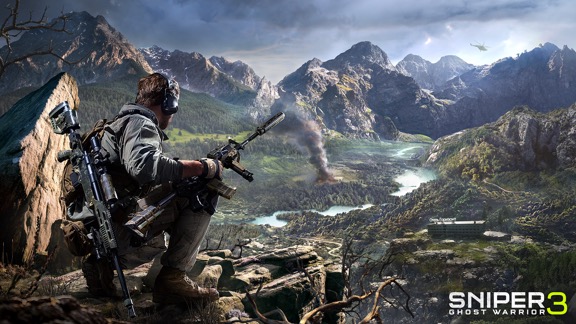
Sniper: Ghost Warrior 3 has one thing going for it. The world isn’t engaging, the characters are lackluster, the story is cookie cutter, but you have a rifle, and an uncanny ability to shoot people in the face from very far away. And that is what you do. Start a mission, mark targets, and snipe people. Wash, rinse, and repeat. It isn’t a bad system so much as it is a well-trodden and forgettable one, but luckily the novelty of shooting people in the face with high-powered rifles from hundreds of meters away lasted a while for me.